Table of content
Cooking rice might seem like a straightforward task, but achieving perfectly cooked grains can be a bit tricky, especially if you’re relying on a regular pot rather than a rice cooker. Whether you’re new to the kitchen or simply looking to refine your cooking skills, mastering the art of steaming rice with basic kitchenware is a valuable skill. This guide will walk you through the process step-by-step, ensuring you end up with fluffy, tender rice every time.
Understanding Rice Varieties
Before diving into the cooking process, it’s crucial to understand the different types of rice available and how they affect the cooking method. Rice can broadly be categorized into three main types: long-grain, medium-grain, and short-grain.
-
Long-grain Rice: This variety has grains that are slender and separate when cooked. It’s ideal for dishes where you want the grains to remain distinct, such as pilafs and fried rice. Examples include basmati and jasmine rice.
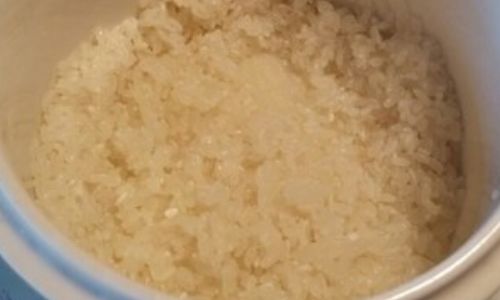
-
Medium-grain Rice: Medium-grain rice has grains that are shorter and slightly wider, with a tendency to stick together when cooked. It’s perfect for dishes like risotto and paella. Arborio rice, commonly used in risotto, is a medium-grain variety.
-
Short-grain Rice: Short-grain rice has grains that are stubby and sticky when cooked, making it ideal for sushi and other Japanese dishes. Popular short-grain varieties include sushi rice and glutinous rice.
Choosing the Right Pot
When steaming rice using a regular pot, it’s essential to select one that is heavy-bottomed and has a tight-fitting lid. A heavy-bottomed pot distributes heat evenly, preventing hot spots that can scorch the rice. A tight-fitting lid is crucial to retain steam, which is essential for cooking the rice gently and uniformly.
Equipment and Ingredients
Before you begin, gather the following equipment and ingredients:
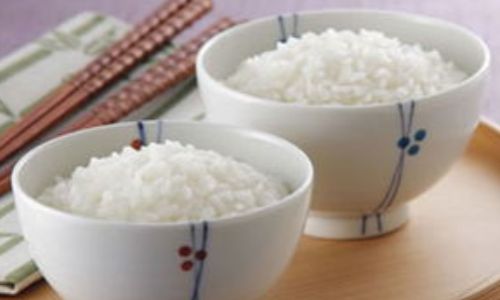
- A heavy-bottomed pot with a tight-fitting lid
- A colander or fine-mesh strainer
- A measuring cup
- A wooden spoon or spatula
- Rice (amount depends on your serving size)
- Water (typically 1.5 to 2 cups of water per cup of rice, depending on the variety)
- Salt (optional, but recommended for enhancing flavor)
Preparation Steps
Measuring the Rice
Start by measuring the rice accurately. Using a dry measuring cup, scoop the rice into the cup and level it off with a knife or the back of a spoon to avoid over-measuring. The amount of rice you use will determine the quantity of water and the size of the pot you need.
Rinsing the Rice
Rinsing rice is an important step, especially if you’re using non-organic rice, as it removes excess starch and any surface contaminants. Place the measured rice in a colander and rinse it under cold running water until the water runs clear. This can take several minutes. Draining well is crucial to avoid waterlogging the rice during cooking.
Selecting the Water Ratio
The ratio of water to rice varies depending on the type of rice you’re using. As a general guideline:
- For long-grain rice like basmati or jasmine, use approximately 1.5 cups of water per cup of rice.
- For medium-grain rice like Arborio, use about 2 cups of water per cup of rice.
- For short-grain rice like sushi rice, use around 1.25 to 1.5 cups of water per cup of rice.
Adding Salt (Optional)
Adding a pinch of salt to the water can enhance the flavor of the rice. However, be cautious with the amount, especially if you plan to season the rice further after cooking.
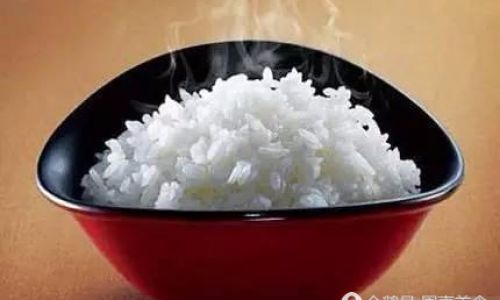
Cooking the Rice
Combining Ingredients
Place the rinsed and drained rice in your heavy-bottomed pot. Pour in the measured water and, if using, add a pinch of salt. Stir the mixture gently to ensure the rice is evenly distributed in the water.
Bringing to a Boil
Place the pot on the stove over medium-high heat. Bring the mixture to a rolling boil, uncovered. This allows the water to heat up and start cooking the rice from the outside in.
Reducing the Heat and Covering
Once the water reaches a boil, immediately reduce the heat to the lowest setting possible while still maintaining a gentle simmer. Quickly cover the pot with the tight-fitting lid to trap the steam inside. The combination of low heat and steam is crucial for cooking the rice evenly and gently.
Simmering
Let the rice simmer undisturbed for the appropriate amount of time. Cooking times vary based on the type of rice:
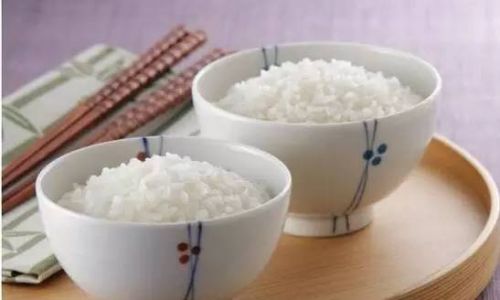
- Long-grain rice: Typically 15 to 20 minutes.
- Medium-grain rice: Around 18 to 25 minutes.
- Short-grain rice: Usually 20 to 25 minutes, sometimes longer for sushi rice to ensure it’s fully absorbed the water and becomes sticky.
Checking for Doneness
After the initial simmering time, remove the pot from the heat but keep the lid on. Let it sit for an additional 10 minutes. This resting period, known as “standing,” allows the rice to finish cooking through the steam trapped in the pot and to absorb any remaining water.
To check if the rice is done, carefully lift the lid away from you to avoid steam burns. Fluff the rice gently with a fork or wooden spoon. The grains should be tender and fluffy, with no crunchy centers. If the rice seems too dry or too wet, you can adjust the cooking time accordingly in future batches.
Finishing Touches
Fluffing and Serving
Once the rice has finished standing, fluff it gently with a fork to separate the grains. Avoid stirring too vigorously, as this can make sticky rice like sushi rice clumpy. Transfer the rice to a serving dish, and it’s now ready to enjoy.
Storing Leftovers
If you have leftover rice, store it in an airtight container in the refrigerator. To reheat, you can use the microwave or steam it in a steamer basket over simmering water. Avoid reheating rice multiple times, as this can increase the risk of food poisoning from bacteria that may have multiplied during storage.
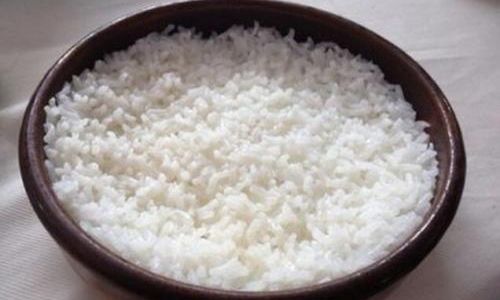
Troubleshooting Common Issues
Sticky Rice
- Cause: Too much water or not enough cooking/standing time.
- Solution: Reduce the water ratio slightly and ensure the rice has enough time to absorb the water and steam properly.
Crunchy Rice
- Cause: Not enough water or too high heat.
- Solution: Increase the water ratio and reduce the heat to maintain a gentle simmer. Ensure the rice has adequate standing time.
Burnt Rice on the Bottom
- Cause: Pot is not heavy-bottomed or heat is too high.
- Solution: Use a heavy-bottomed pot to distribute heat evenly and reduce the heat to the lowest setting once the water boils.
Mushy Rice
- Cause: Too much water or overcooking.
- Solution: Reduce the water ratio and be cautious with the cooking and standing times.
Enhancing Your Rice
While plain steamed rice is delicious on its own, there are numerous ways to elevate its flavor:
- Infuse the Water: Add a strip of lemon peel, a few whole spices like cloves or cinnamon, or a bay leaf to the water while cooking for aromatic rice.
- Toast the Rice: Toast the rice lightly in a dry pan before adding water to add a nutty flavor.
- Season After Cooking: Mix in a knob of butter, a splash of vinegar or lemon juice, or a sprinkle of fresh herbs like parsley or chives.
- Combine with Other Ingredients: Cook rice with vegetables, meats, or beans for a one-pot meal.
Conclusion
Cooking rice in a regular pot might require a bit of practice, but with the right techniques and understanding of rice varieties, you can achieve perfectly cooked rice at home. By following the steps outlined in this guide, from selecting the right pot and ingredients to mastering the cooking and standing times, you’ll be able to enjoy fluffy, tender rice that complements any meal. Experiment with different rice types and flavors to expand your culinary repertoire and bring variety to your table. Happy cooking!
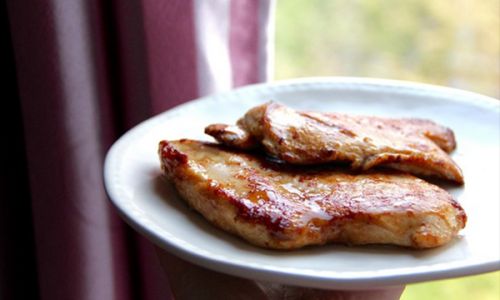
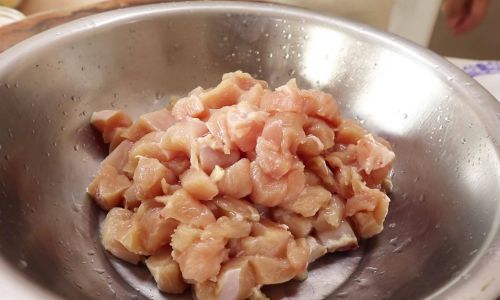
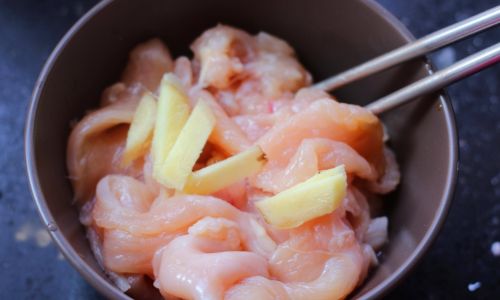

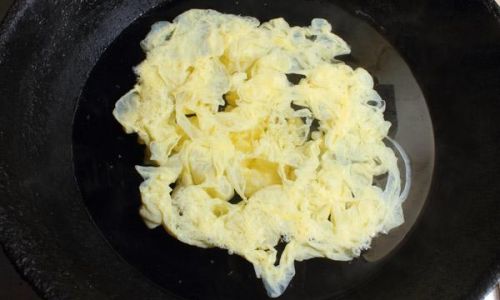

0 comments